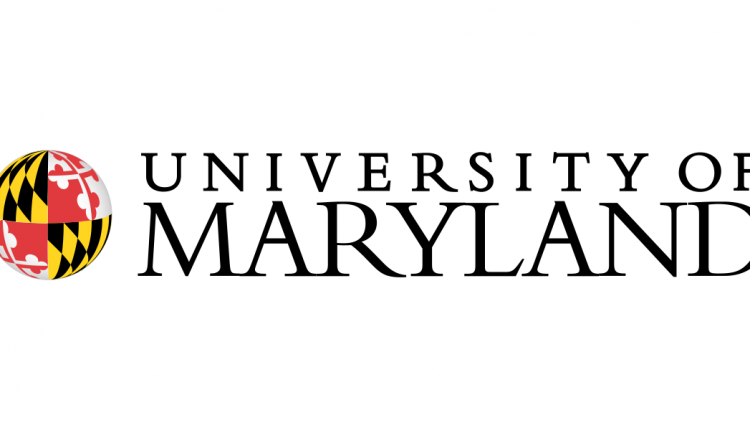University of Maryland: Terps’ Work Helped Create First Images From Webb Space Telescope
Soon after its Christmas launch, the James Webb Space Telescope (JWST) began to gently unfurl like a 70-foot robot butterfly as it glided toward a point in orbit around the sun about a million miles from the Earth. For the last few months, it’s been cooling down to space temperatures and tooling up as mission controllers prepared to open the farthest-seeing eye ever trained on the cosmos.
Now, after three decades of work and an $11 billion investment, NASA (along with partners the European Space Agency and the Canadian Space Agency) has rolled out the first full color images from JWST, starting Monday night with the deepest view of the distant universe ever recorded. Today it offered images and data for nebulae, galaxy clusters and distant planets, whetting the appetite of sky watchers for groundbreaking science and eye-popping visuals to come.
The telescope was built just around the corner from the University of Maryland at NASA Goddard Space Flight Center, and many UMD faculty and alums have orbited the project throughout its history. They designed, built and tested the long-awaited successor to the Hubble Space Telescope (still going strong with plenty of Terp support) and are closely involved in operations, mission planning and eventual translation of Webb Space Telescope discoveries to the public.
One of the first astronomers to use it, Assistant Professor Eliza Kempton, is part of an “early release science program” now producing results. In coming months, the telescope will also provide observations for two projects she’s leading or co-leading focused on “sub-Neptunes”—mysterious exoplanets surrounded by currently impenetrable haze.
JWST’s advanced instruments and giant, 21.5-foot-wide gold-plated mirror will capture unprecedented information about sub-Neptune atmospheres, she said, and help kickstart the study of potentially habitable environments and the search for the ingredients that make life possible on Earth.
“We’ve been waiting so long it feels almost surreal,” she said. “It’s like a dream the astronomy community is waking up from, and suddenly it’s here.”
The telescope was built to peer far through space—and thus back in time—nearly to the beginning of everything, said College Park Professor John Mather. He is the senior JWST project scientist and winner of a Nobel Prize in physics for his work with an earlier Goddard-built spacecraft to map cosmic background radiation left painted across the sky by our universe’s explosive debut.
“The universe looks very different when you have infrared eyes,” Mather said. “We’re going after the first obvious objects that grew from the big bang material, the first stars, the first galaxy, the first black holes, the first exploding stars—all the way up to the present time and what’s happening now in our own small neighborhood in the solar system.”
Spinning the ‘Webb’
UMD alums have played key roles in building and operating the Webb Space Telescope, including:
Nasif Ahmed ’14, flight operations simulations engineer at Space Telescope Science Institute (STScI)
Wen-Hsien Chuang Ph.D. ’05 and Dan Kelly ’02, M.S. ’05, developers of the microshutter array for JWST’s near-infrared spectrograph
Sonya Hopson ’03, project safety engineer at Goddard
Alexandra Lockwood ’07, project scientist, science communications lead at STScI
Alyssa Pagan ’16, science visuals developer at STScI
Keith Parrish ’89, commissioning manager at Goddard
Joe Pollizzi M.S. ’77, Science and Operations Center ground systems development manager at STScI
Eric Smith M.S. ’85, Ph.D. ’88, JWST program scientist and Astrophysics Division chief scientist at NASA HQ
Christopher Stark Ph.D. ’10, deputy integration, test and commissioning project scientist at Goddard
Patrick Taylor ’87, flight operations systems engineering architect at STScI
Kan Yang M.S. ’10, OTIS test thermal lead analyst and thermal engineer at Goddard
Several astronomy faculty members in addition to Kempton have secured “observing time” through a competitive process:
Alberto Bollato, professor
Drake Deming, professor emeritus
Mike Kelly, associate research scientist
Sylvain Veilleux, professor
Mark Wolfire, principal research scientist

